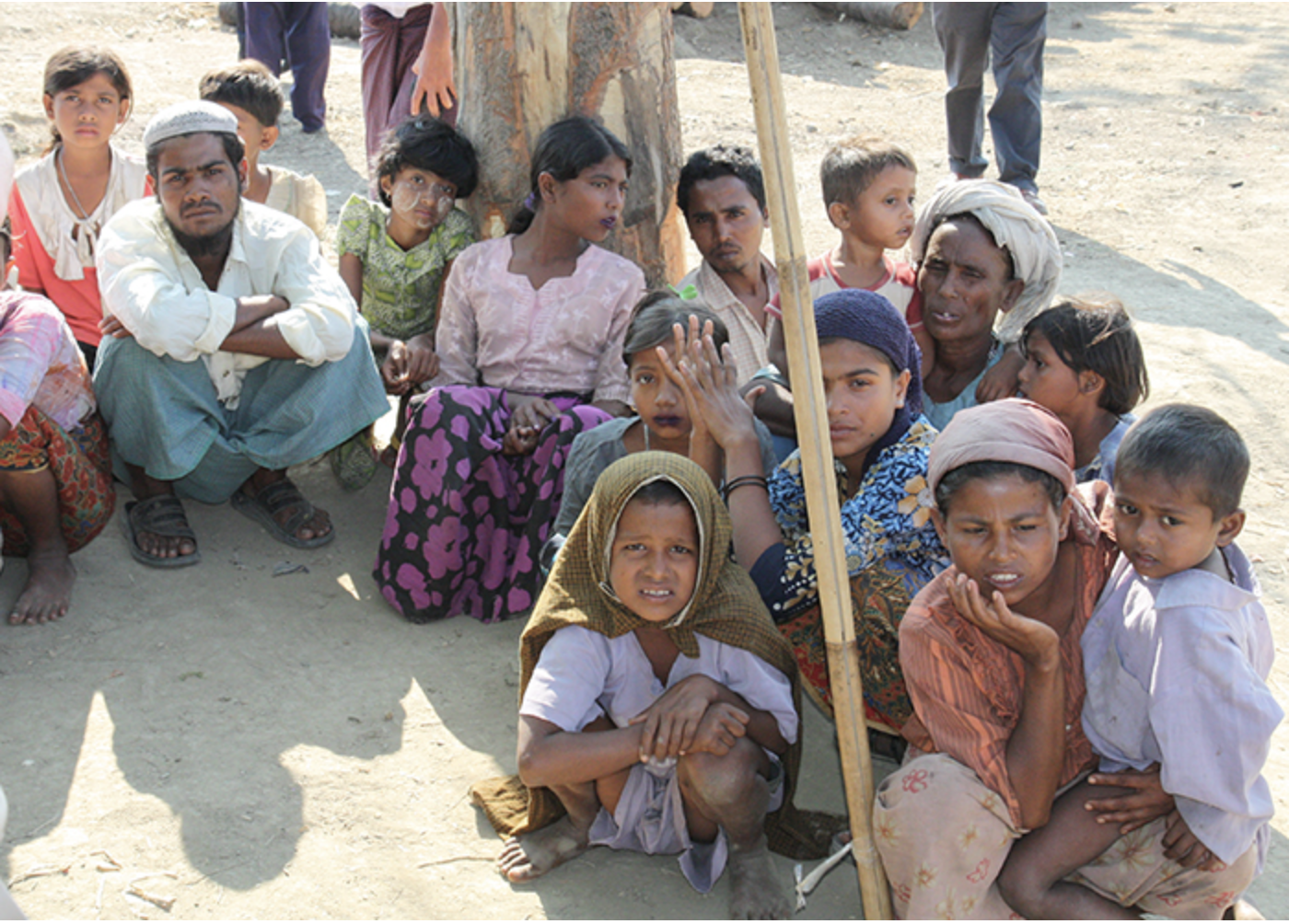Varying framing of 2017 Rohingya crisis shows misunderstandings of international events

LAWRENCE — When Rohingya Muslims came into conflict with the armed forces of the government of Myanmar, a Buddhist majority country, in 2017, more than 700,000 people were driven from their homes and thousands were killed. The attack carried out by Myanmar’s military was deemed ethnic cleansing by international bodies, but an analysis of how the crisis was presented in varying nations’ media showed different frames used to present just what happened. Such varied framing shows misunderstanding can reign, having possible implications for how international solutions to global problems might be formed, according to a University of Kansas researcher.
 Hong Tien Vu, assistant professor of journalism & mass communications at KU, co-wrote a study analyzing media coverage of the Rohingya crisis from three media outlets. A big-data analysis of articles from The Irrawaddy in Myanmar, The New Nation in Bangladesh and The New York Times in the United States showed three widely different frames used to report on the situation. The results show a troubling trend of nationalist differing and, to some extent, conflicting coverage in an increasingly global society, Vu said.
Hong Tien Vu, assistant professor of journalism & mass communications at KU, co-wrote a study analyzing media coverage of the Rohingya crisis from three media outlets. A big-data analysis of articles from The Irrawaddy in Myanmar, The New Nation in Bangladesh and The New York Times in the United States showed three widely different frames used to report on the situation. The results show a troubling trend of nationalist differing and, to some extent, conflicting coverage in an increasingly global society, Vu said.
The study, written by Vu and Nyan Lynn, doctoral candidate student at KU, was published in Journalism Studies.
“When we read the news about the Rohingya crisis, we noticed patterns in how it was presented,” Vu said. “This crisis was significant, and it got a lot of international attention. It’s also important, not just to the Rohingya people, but to understand how humanitarian crises are presented to the world.”
The analysis revealed the most commonly used words and media frames used in each media organization’s coverage:
The Irrawaddy
The Irrawaddy of Myanmar mainly used a nationalist frame, often referring to the government’s version of the Rohingya as terrorists and largely showing it favors its government’s strategy as well as conveying the popular discourse in the country. In doing so, it helps draw the link between the Rohingya and ARSA, an organization the government often brands a terrorist group.
The Irrawaddy faces unique challenges as it attempts to cover Myanmar’s new democratic government following the dissolution of the country’s longtime ruling military junta in 2011. The Irrawaddy is a formerly exile media outlet.
“It has done pretty well in its traditional watchdog role of the government,” Vu said of The Irrawaddy. “But, even since moving back to democracy, the authorities have kept control. It needs to be careful with its coverage, putting them in the position of avoiding direct confrontation with authorities and bowing to the popular nationalist discourse in the country when reporting on the Rohingya crisis having to be careful what they write.”
Myanmar, a Buddhist majority nation, has a long history of conflict with Muslim populations, including the Rohingya. That was reflected in media coverage taking a nationalistic approach, Vu said. They did, however, have some mild criticism of the government’s actions and included some international sources such as the United Nations and Amnesty International.
The New Nation
The New Nation is based in neighboring Bangladesh, where thousands of Rohingya refugees fled following clashes with Myanmar’s military. The New Nation mainly used a humanitarian frame, emphasizing the country’s priority in dealing with this humanitarian crisis to eventually presenting the issue as a crisis of refugees, focusing on how peace could be made in the region as its national priority.
The New York Times
The New York Times took a Western, hegemonic frame, referring to how the political system in developing nations are not up to Western standards.
“In the west, we have a different view of issues such as human rights and democracy,” Vu said. “Coverage of Myanmar was framed as ‘they’re not a democracy yet, or a quasi-democracy at best.”
Some frames were reflected in more than one country, including violence and crisis solution frames, used in all three. Repatriation frames appeared in Myanmar and Bangladesh, and international pressure framing was present in The New York Times and New Nation coverage. The majority of coverage, however, was used in unshared frames by each nation’s media representative.
The findings show that international media tend to focus on world issues from their own point of view. The problem with that approach, Vu said, is that both individuals and world governments need an accurate understanding of a problem to be able to address it.
In the case of the Rohingya crisis, better international understanding could help prevent even wider mass conflict or war, which would lead to deaths, radicalization of individuals and damage to the world economy. For several decades, news organizations showed a trend of reporting on world events as problems that stretched outside of geographical borders. These findings, however, show more of a populist and nationalistic approach taking place, Vu said.
“We can see news organizations retreating back into a cocoon within the nation-state and being less invested abroad. That’s sad, as to me, it’s going backwards and doesn’t help the world understand international problems like coronavirus or climate change. If we’re going backwards, we’re not doing anyone any favors.”
Image: Rohingya Muslim refugees are pictured in Myanmar's Rakhine state. Credit: Wikimedia Commons.
Updated on: 05/11/2020